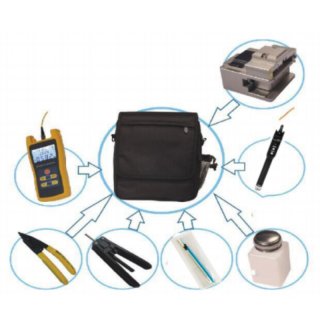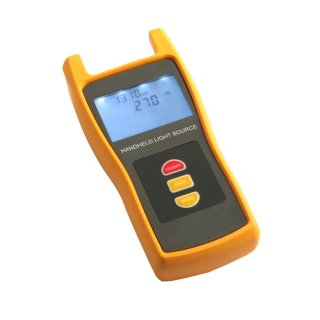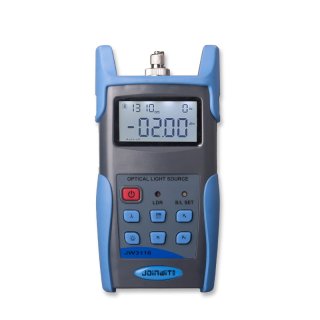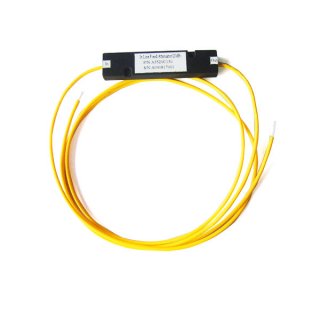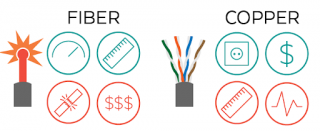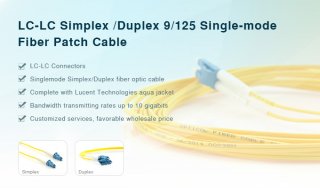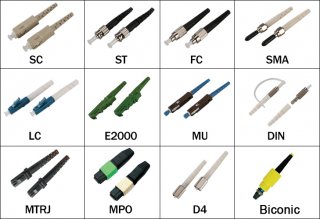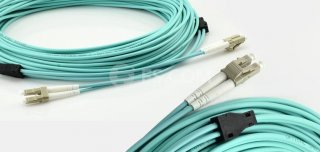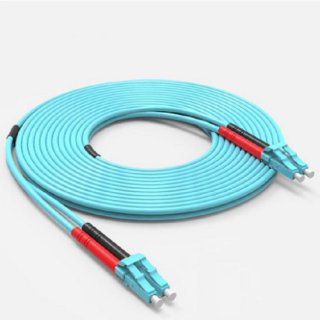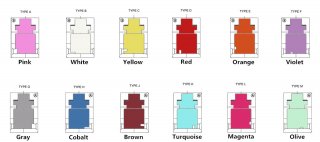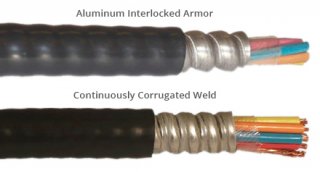- Description
- Reviews
- FAQs
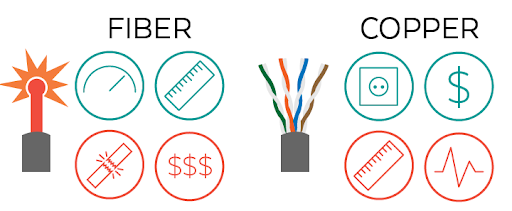
WiFi is excellent. We all love it. But underneath any good wireless network, lies some serious cabling.
The question is, which will be better for any given scenario Fiber or copper
Ethernet has certainly been in the news lately. From applications of LED lighting to advanced IP camera technology, there are no shortage of applications for ethernet cabling.
Copper cabling such as Ethernet, is the cheaper of the two, making it a low cost alternative with a bevy of possible applications. But sometimes a high-cost option like fiber is required.
What emerges as you learn more about the two options however, is that there really isn’t much of a war at all.
In fact, each solution has its fair share of pros and cons. With unique benefits and limitations to each technology, it hardly seems like they’re competing technologies at all.
Fiber is great for faster speeds, security and data delivery over super-long distances. But on the flipside, it’s brittle, a bit unwieldy, and much more expensive.
Copper is getting faster, but it has some notable limitations with regard to distance. In its unshielded form, it can also be prone to interference.
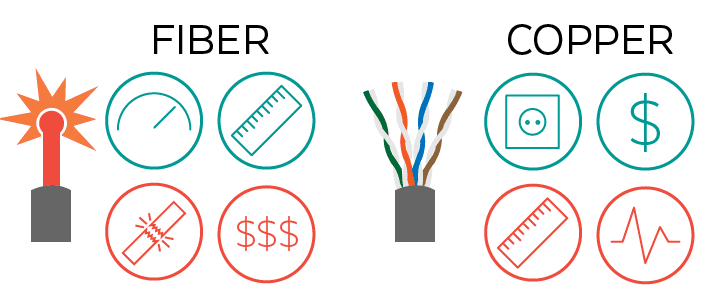
So what’s the best choice That’s easy, and I bet you guessed the answer… It depends.
If you’re connecting an ISP to a node or street cabinet, then fiber’s your baby. Glass is great for outdoor applications and you can transmit a lot of data over incredible distances with fiber cabling.
However, once you’re actually at the cabinet or close to the roofline of a home or building, the choice becomes more nuanced. This is where ethernet copper cable is giving fiber a run for its money.
One of the main reasons comes down to cost savings.
HDBaseT and HDMI (both 1-cable solutions) come into play here as well. Frankly, these solutions deliver great performance at substantial savings. Copper also cuts down on the need for additional power sources.
Fewer cables and less supporting installations It’s easy to see why ethernet is still a popular choice.
So, you can probably tell that it’s not always a clear choice. Let’s take a closer look at the benefits and drawbacks of each.
But don’t get too hung up on the debate… if we’re being honest, many installations will require you to use both types of cable anyways.
Origins of Ethernet and Fiber Optic Cables
Ethernet was originally developed by Xerox. Developed in the 1970s, it went commercial in 1980.
The origin of fiber optic cable technology is a bit more drawn out. In fact, one of its first uses was when NASA sent it to the moon for use in television cameras in 1969.
Both of these cabling solutions have been going strong for decades. So from a historical perspective they’re on equal footing.
READ MORE ...PC vs UPC vs APC Fiber Optic Connectors Polishing TypesIssues with Interference
Unshielded twisted copper cable has challenges with interference. It can be caused by a number of sources ranging from bluetooth and RF to transformers and microwaves.
The solution for twisted pair copper installations is simple. Use higher grade, shielded ethernet cables like Cat 5e, Cat 6 and 7.
We also recommend pairing shielded cable with shielded connectors for best results. The added protection makes a difference. With HDBaseT and HDMI on the rise for home use, microwaves are a consistent factor.
Electrical interference is not a problem with fiber optic, but fiber does experience its share of interference as well. It’s called Intersymbol Interference and it arises from light pulses interfering with each other. This happens because light sources are not completely monochromatic.
But like shielded ethernet, fiber optic has a high percentage of reliability. So both cables types ultimately have an achilles heel, but manufacturers are improving quality all the time.
Current Speeds
Fiber definitely wins for sheer speed, but applications can often neutralize the argument.
With current end-user data requirements, terabytes per second aren’t really an issue when you’re just trying to send a signal from the living room to the kitchen.
Here are some current breakthroughs that are shaping the performance levels to come for each cable type.
Breakthroughs in Copper Technology
Ethernet was once as slow as 10 Mbps over 100 m. It pushes data over electrical current. With the 802 IEEE Alliances, speeds now reach 2.5 and 5 Gbps, and are currently on track for 10 Gigabit Ethernet.
VDSL2 technology has further changed the ballgame. VDSL2 uses up to 30 MHz of bandwidth to provide speeds of up to 100 Mbps both downstream and upstream within 1000ft over a single pair of twisted copper.
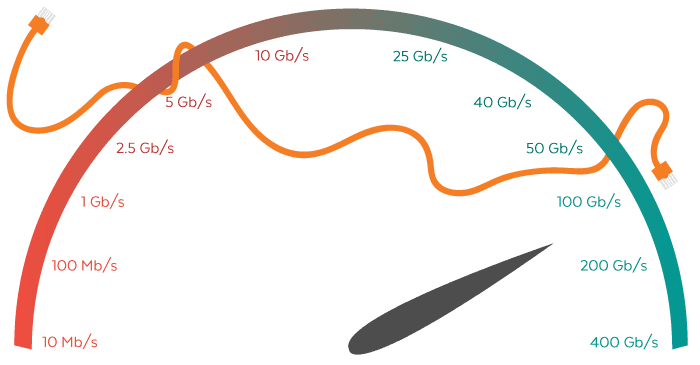
So former limits are expanding exponentially. VDSL2 also paved the way for G.Fast. Test labs are currently reaching speeds of up to 150 Mbits over 500 m loops. Keep your eyes peeled for this tech to start rolling out in the UK soon, and stateside subsequently.
What’s driving this movement is primarily consumer popularity.
Ethernet extenders and SPF modems are particularly popular, because they help homeowners and businesses alike save money.
The market can count on consumers continuing to rely on ethernet devices. Accordingly, manufacturers are appropriately motivated to spend money developing their products. This leads to further R&D, and thus the cycle begins anew.
Here are the most common copper cable types for reference:
- Cat 5e – The “e” stands for “enhanced” and these cables are produced under more stringent parameters. These are slightly better than straight Cat 5 cable.
- Cat 6 – Costs more than Cat 5, but it also supports higher bandwidths than the Cat 5 and 5e products. Last but not least, these cables are shielded.
- Cat 6a – The “a” stands for “augmented” and these have the capability of sustaining higher speeds over greater distances.
- Cat 7 – Supports up to 100 Gbps over a range of 15 m *Not recognized by the TIA/EIA*
As you can see, current technology is stretching the dimensions of twisted copper capabilities. For specific ground-breaking products, you can check out our VX-160 Series SFP modules and more here.
READ MORE ...10G Infrastructure for 40G Ethernet With 40G BiDi OpticsBreakthroughs in Fiber Optic Technology
Fiber Optic technology falls into 2 categories: single and multi.
Single Mode uses laser light to send signals over long distances. Diodes send signals over Multi Mode cables for installs that cover shorter distances.
Single mode fiber can reach distances 50x greater than multimode can accommodate but it’s worth noting that it’s more expensive.

Multi mode fiber – the short distance version, typically reaches up to 10 Gbits/s over lengths of up to 600 m or 2000 ft.
Speeds aren’t only increasing in the ethernet camp. As recently as 2014, researchers were able to achieve data speeds of a staggering 255 Terabytes per second (Tbps).
“A joint group of researchers from the Netherlands and the US have smashed the world speed record for a fiber network, pushing 255 terabits per second down a single strand of glass fiber. This is equivalent to around 32 terabytes per second — enough to transfer a 1GB movie in 31.25 microseconds (0.03 milliseconds), or alternatively, the entire contents of your 1TB hard drive in about 31 milliseconds.” – Extreme Tech
To give you some perspective, the most efficient single-fibre links reach their capacity at around 100gbs. Do the math.
According to Extreme Tech, 255Tbps could supercede the net total of all traffic flowing through the entire internet during peak hours. Wow.
That’s a lot of data reaching its destination at light speed.
Fiber optic is definitely a great choice. In fact, in the previous administration there was an initiative to cable up the country using fiber optic.
Sadly, the powers that be ran out of cash. So, it was back to square one. This failure does not reflect upon the technology’s features, but rather its cost. Until manufacturers find a less expensive way to produce it, it’ll most likely continue to be used sparingly.
Final Thoughts
Money talks. Market philosophy walks.
Ultimately the best decision is up to property owners. And, the best solution will be defined by the one capable of delivering the best installation at the lowest cost possible.
Customers know their budgets and their needs.
By staying up to date and educating customers, you can both deliver excellent results and earn repeat business from improved customer loyalty.
Knowledge is power. If you have questions of the technologies you need for either application, please reach out to our analysts!
2×16 PLC Fiber Splitter, Steel Tube, Bare Fiber 250μm, No Connector
- Customers Reviews
* Delivery Time.
We need 1-2 days to process your order before shipping. There are two shipping methoed.
Fast Delivery: The delivery time for US, European countries the delivery will take 3-5 days.
Slow Delivery: The delivery time for US, European countries the delivery will take 7-15 days.
* Tracking information.
After we ship package, customer receive automatic email with tracking details.
* Lost Package Policy.
If a package did not arrive in 2 weeks after the shipping date, then this package is treated as Lost. In this case a new package will be shipped to the customer provided we are able to give the same items as those purchased by the customer. If we are not able to provide the same items to substitute the lost ones we will either propose to the customer similar items or refund their cost as it will be mutually agree with the customer. If one or more items neither the same nor similar are available to be shipped, the customer can request to cancel the order entirely, thus the total cost of the order including shipping and handling cost will be fully refunded.












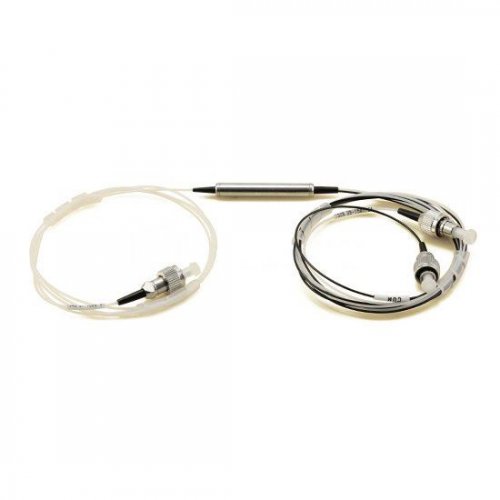
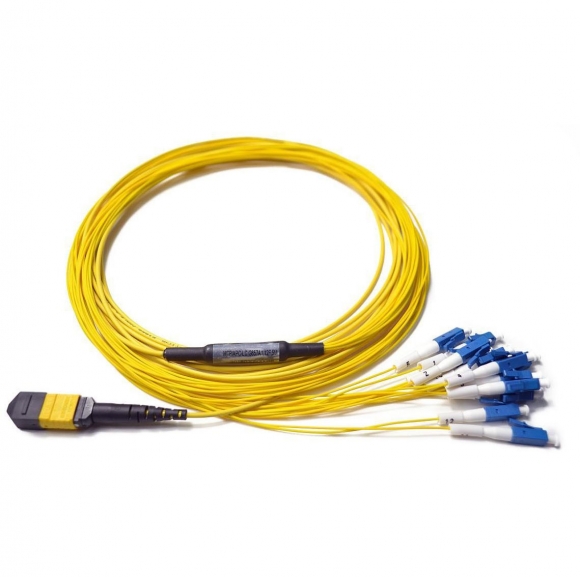
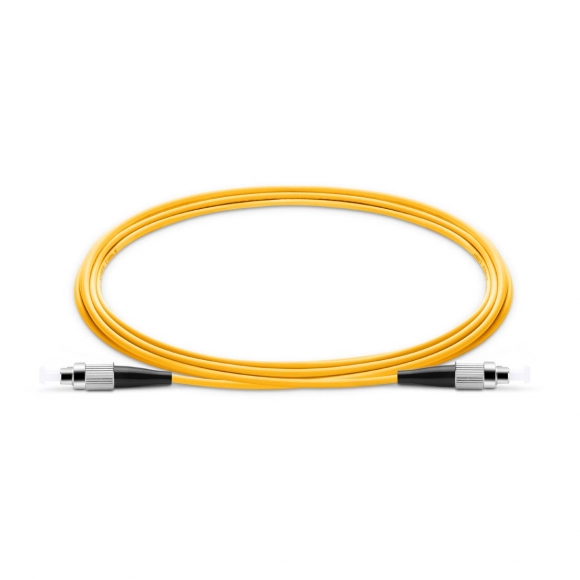


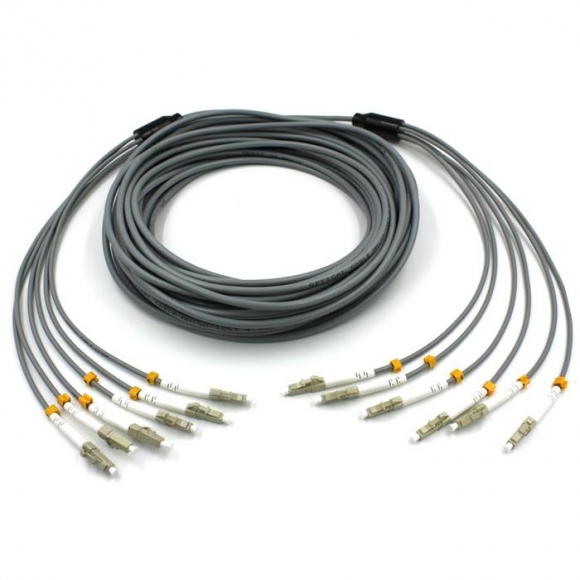
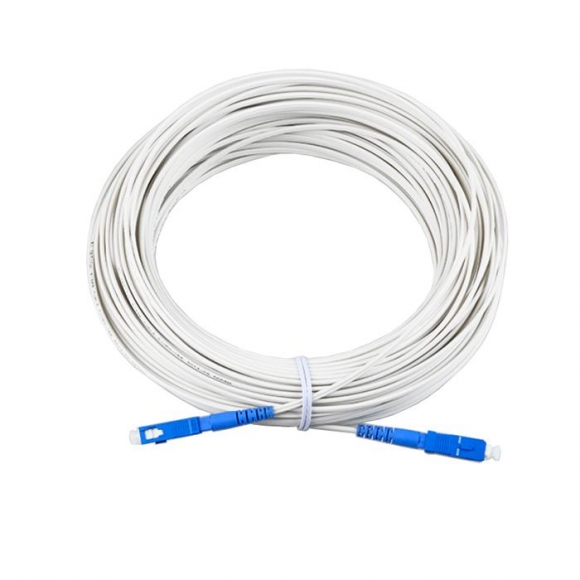
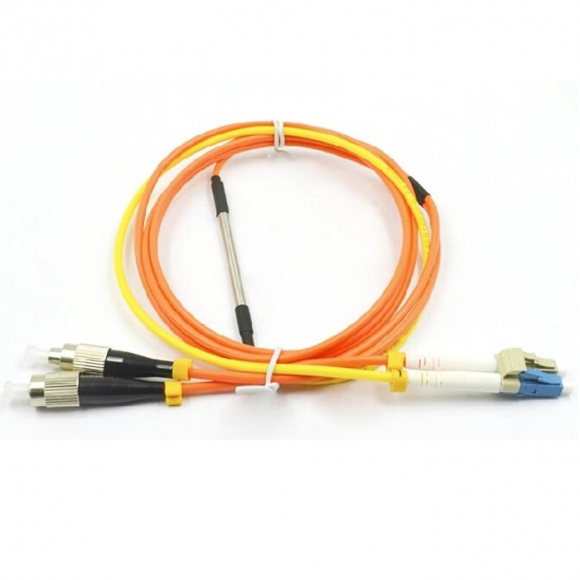


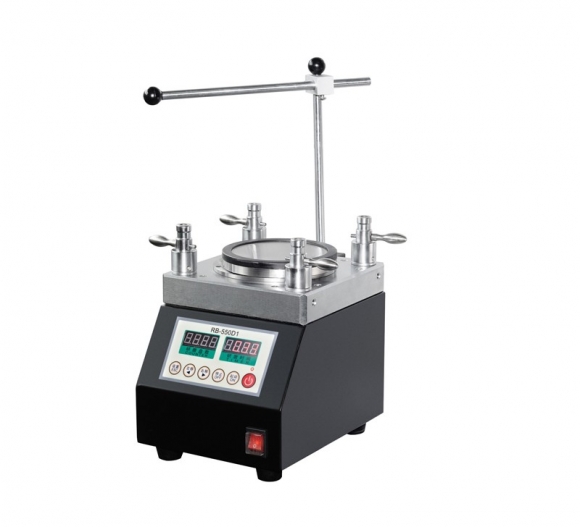


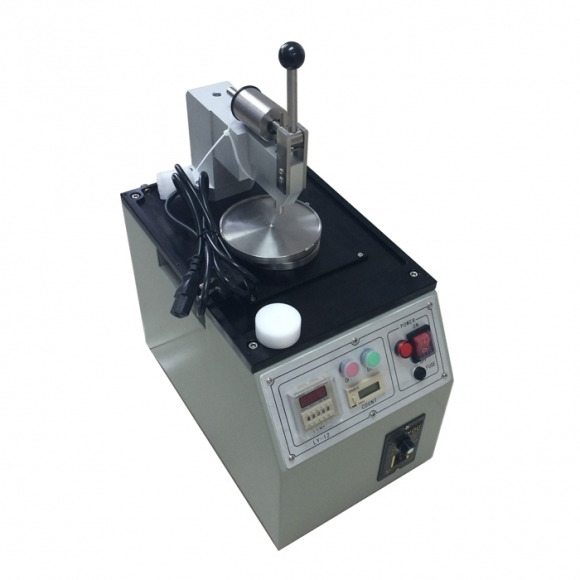

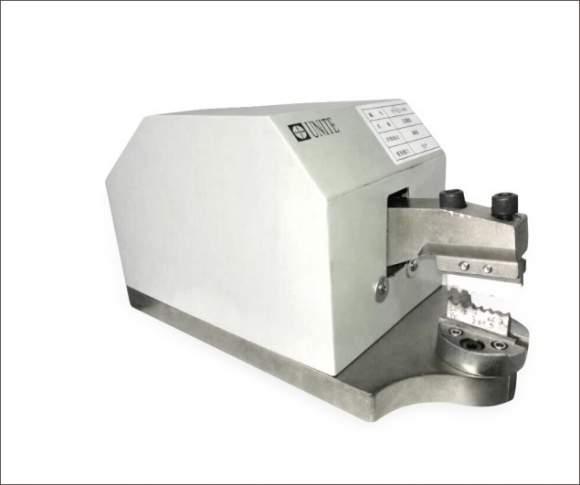
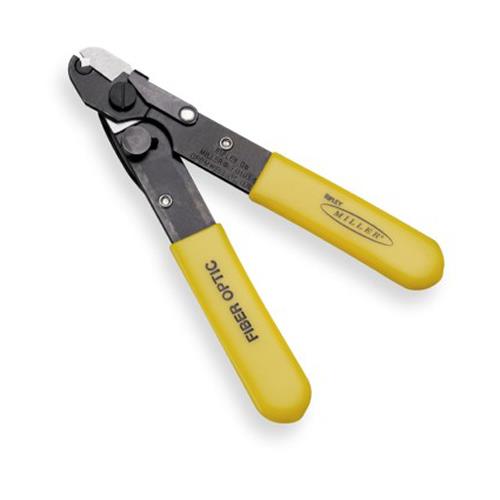
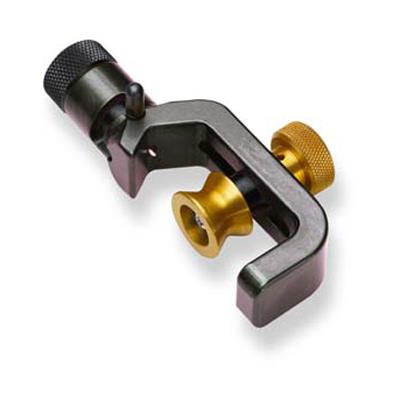
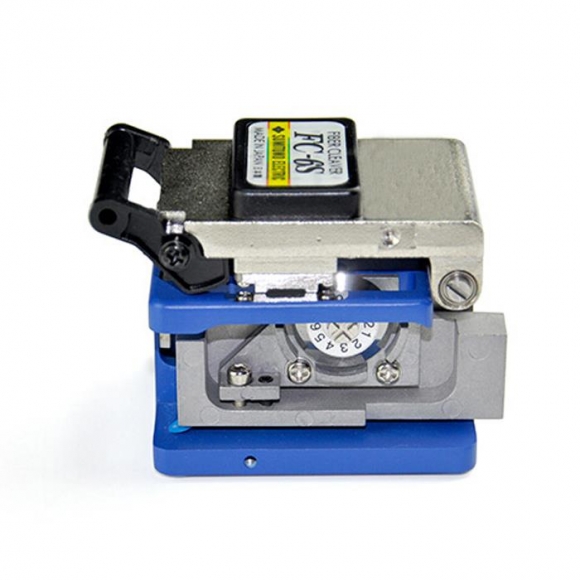
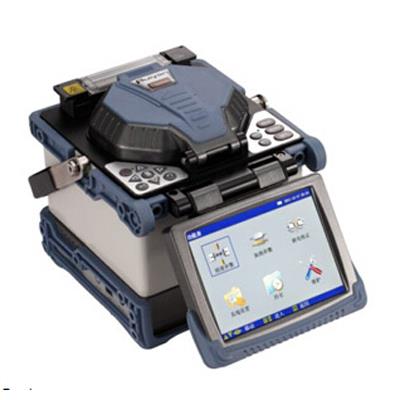

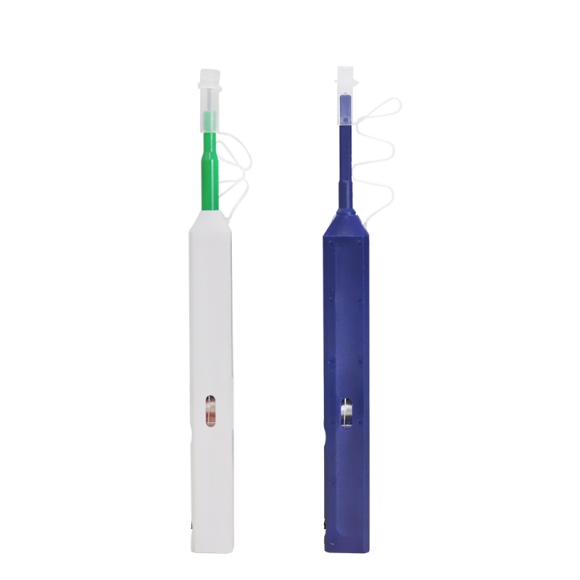

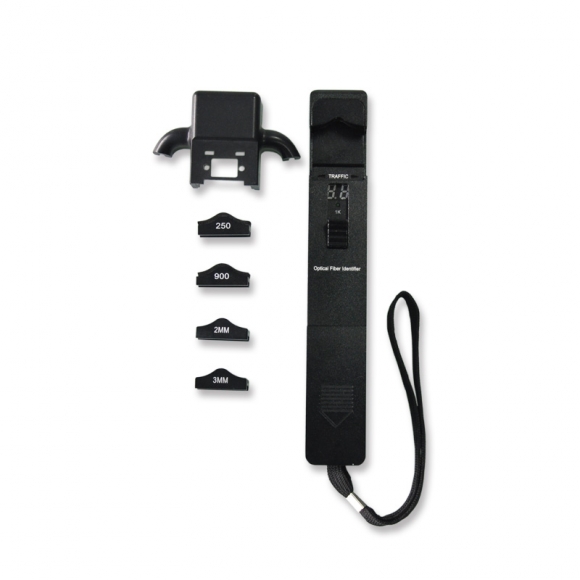
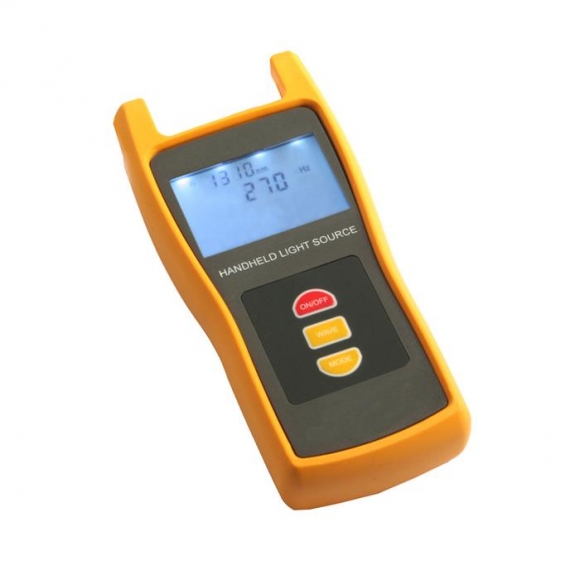

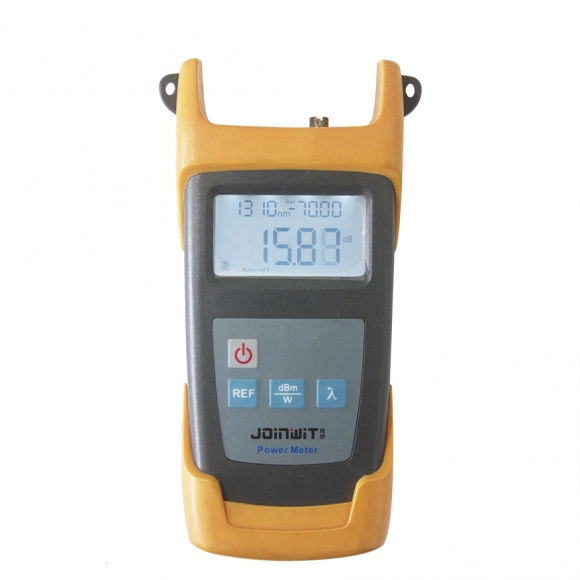
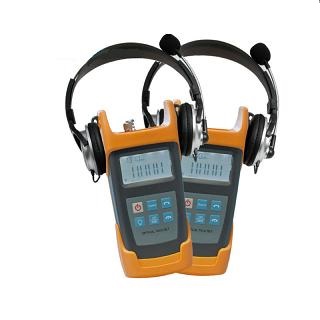
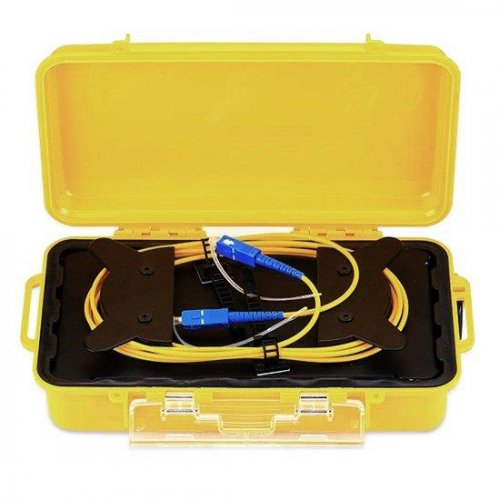
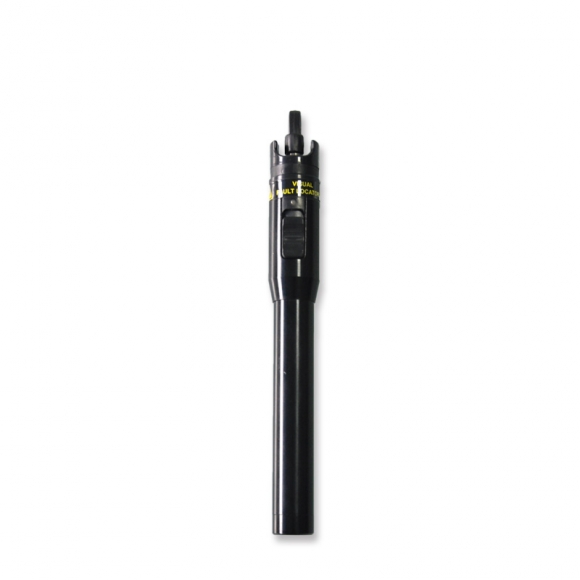


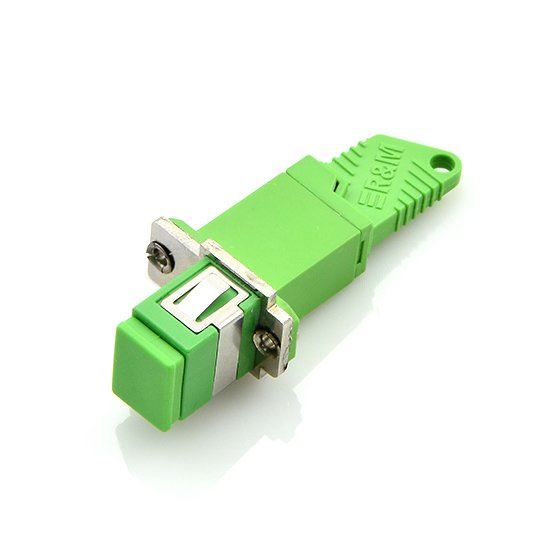
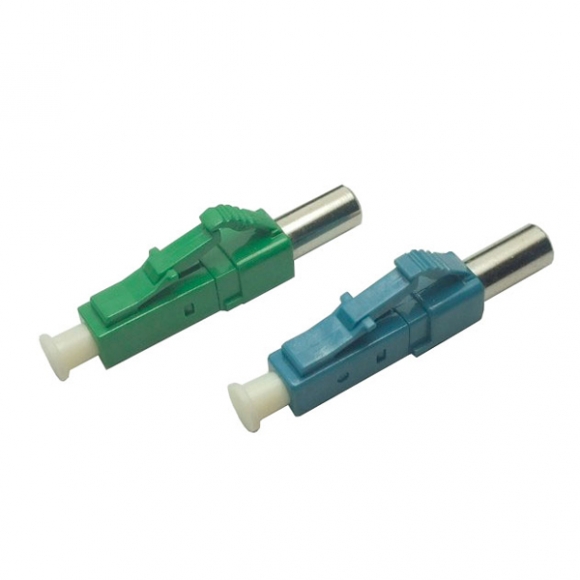
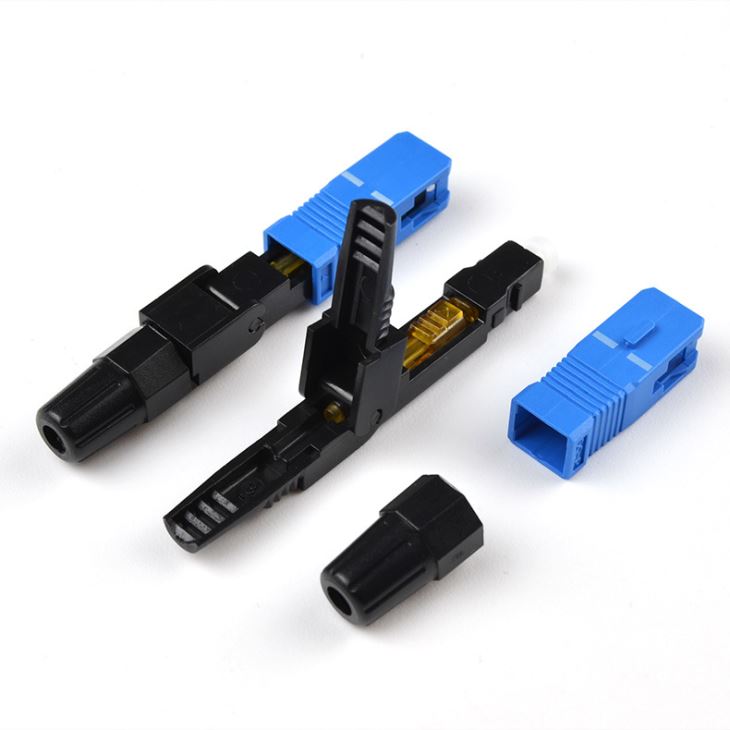
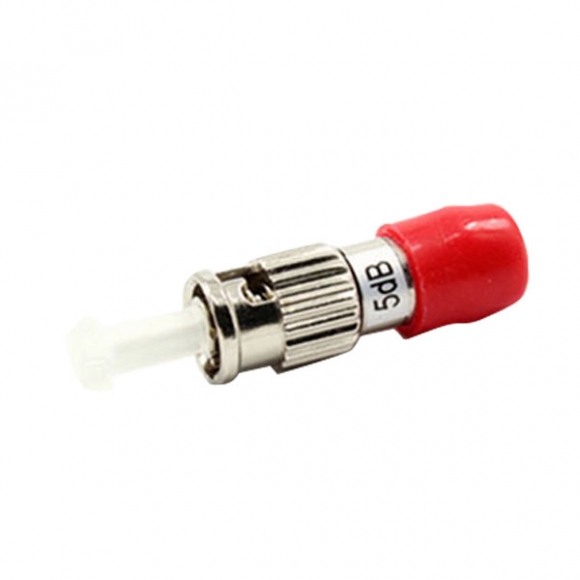
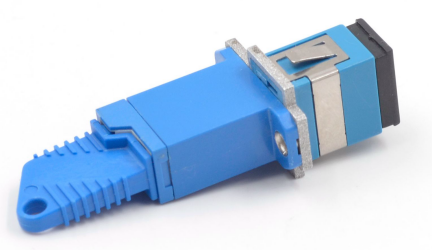
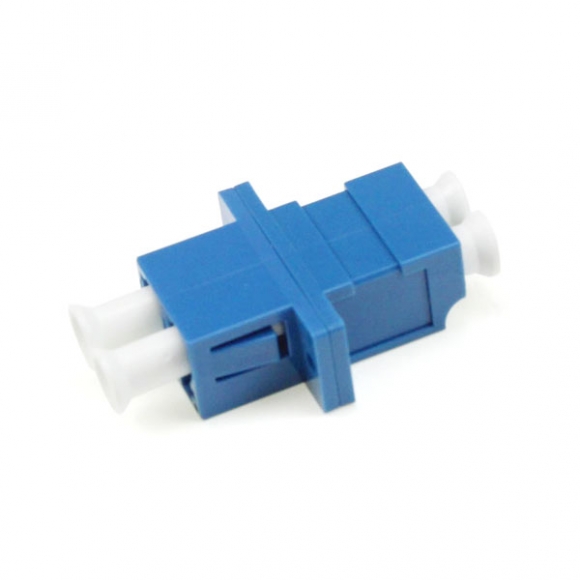

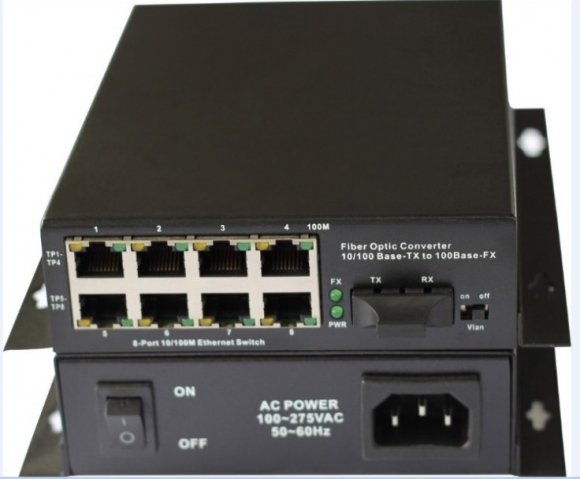

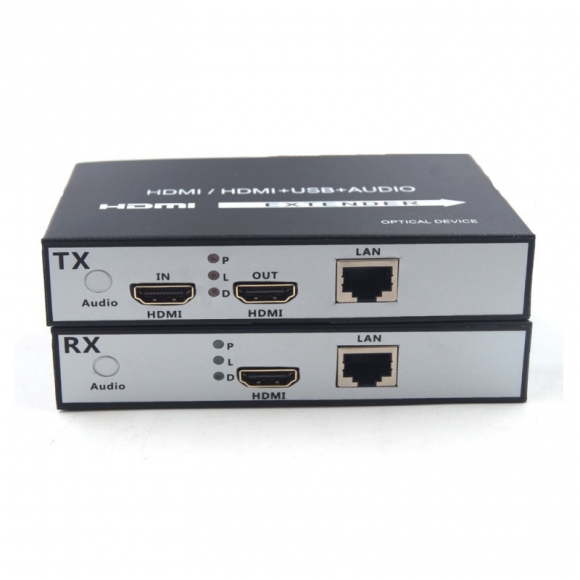
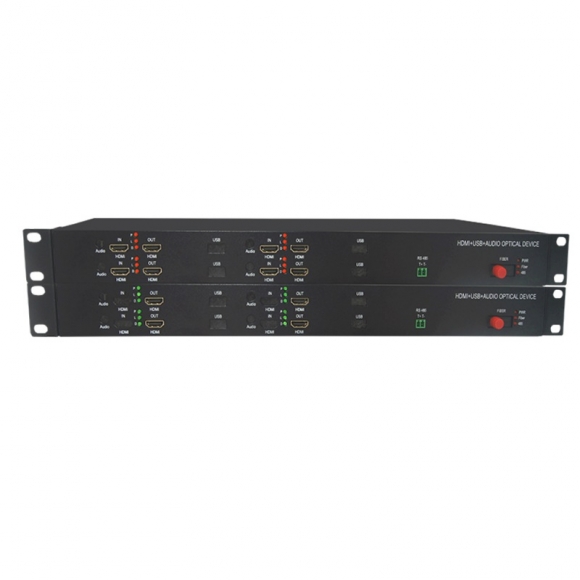

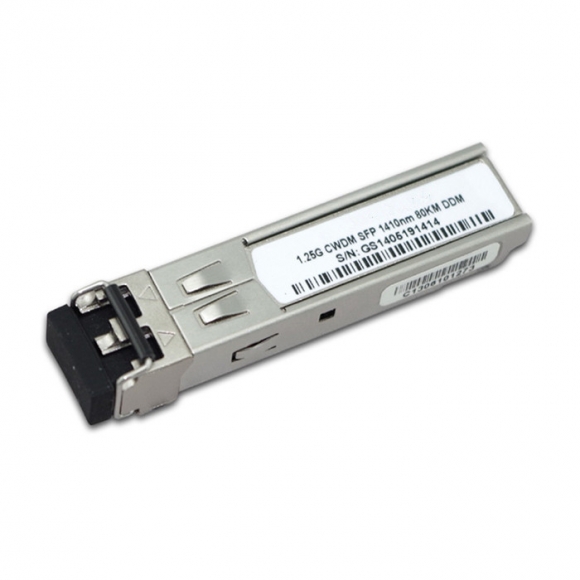


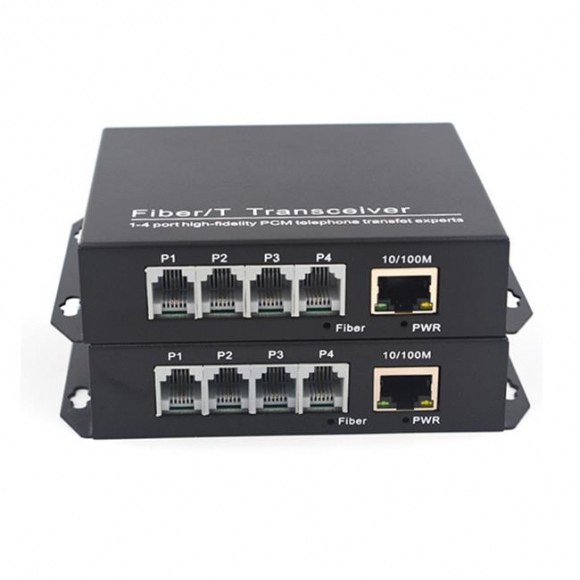
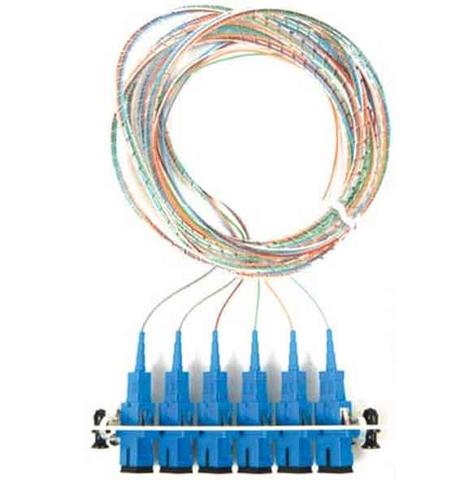
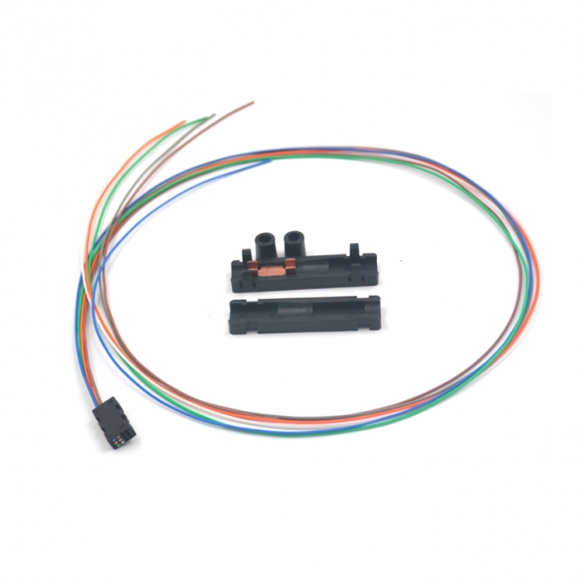


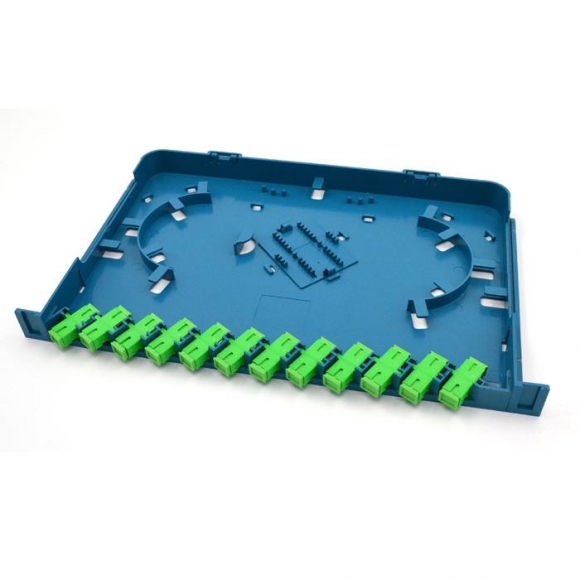
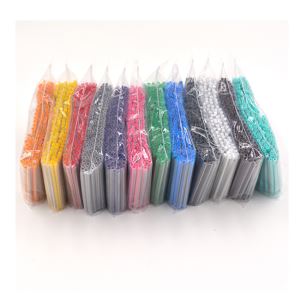

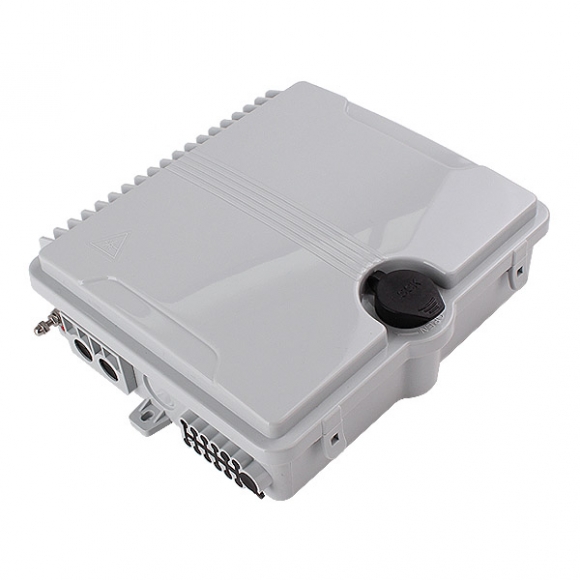

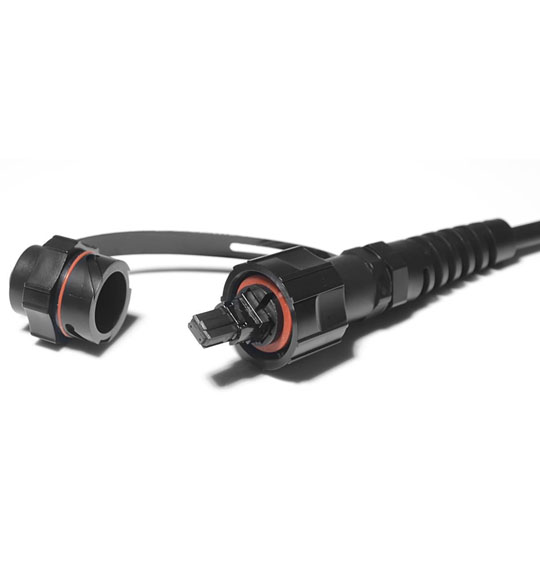
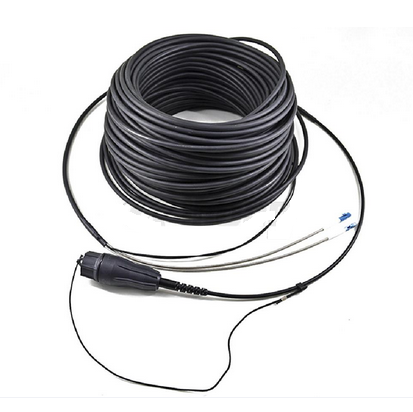

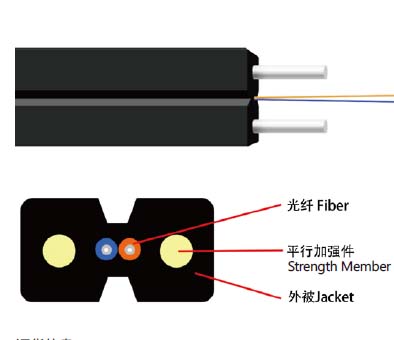
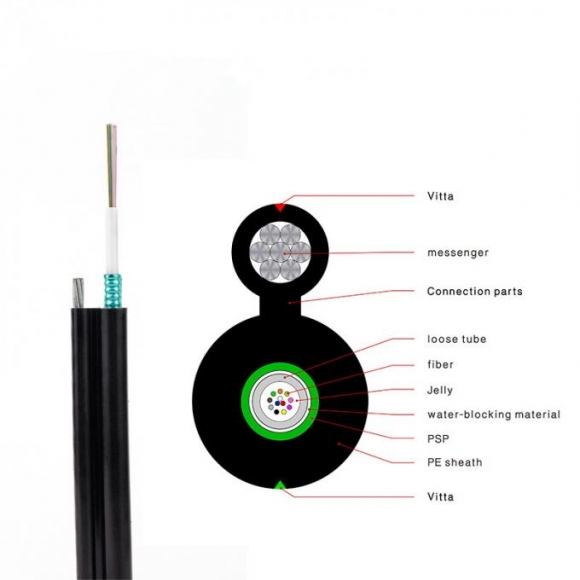
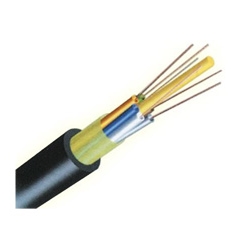
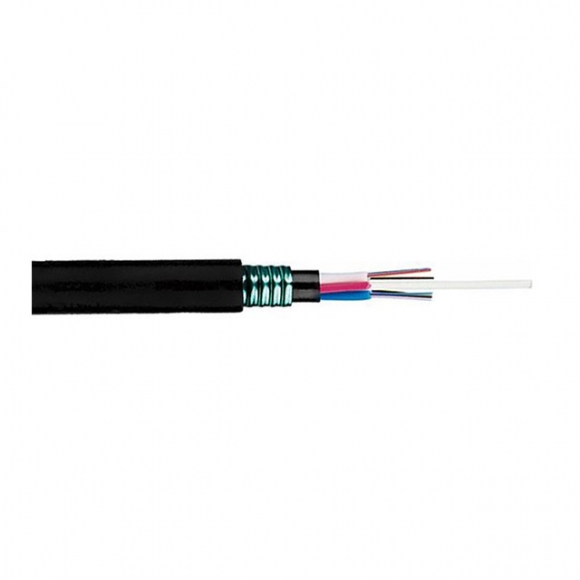
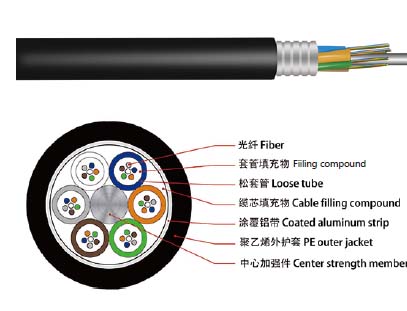
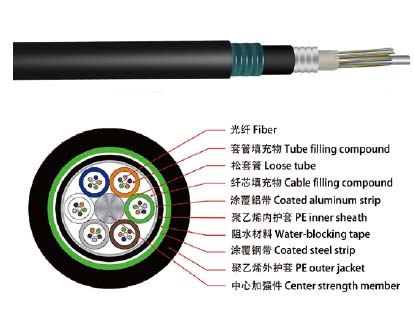

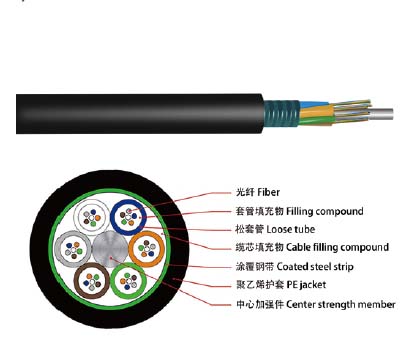
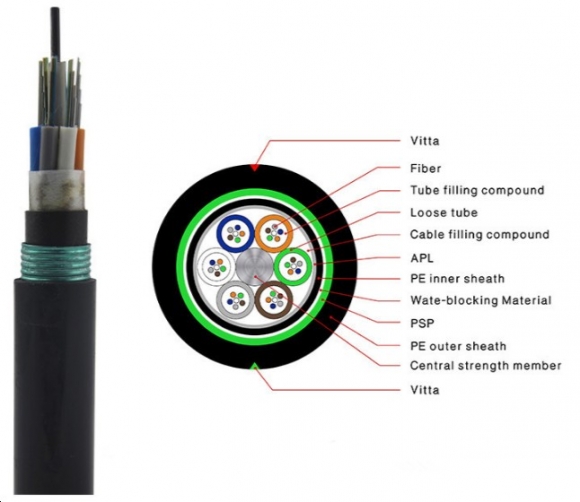
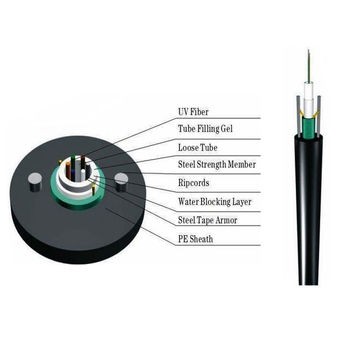
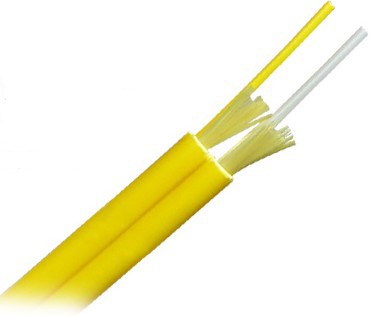
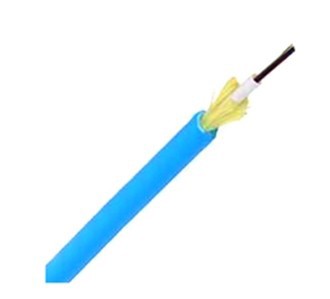


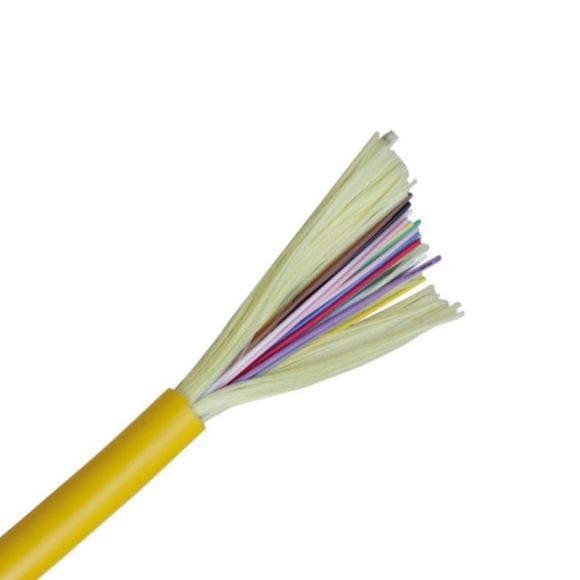
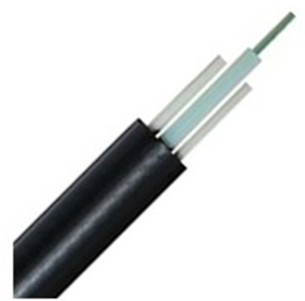
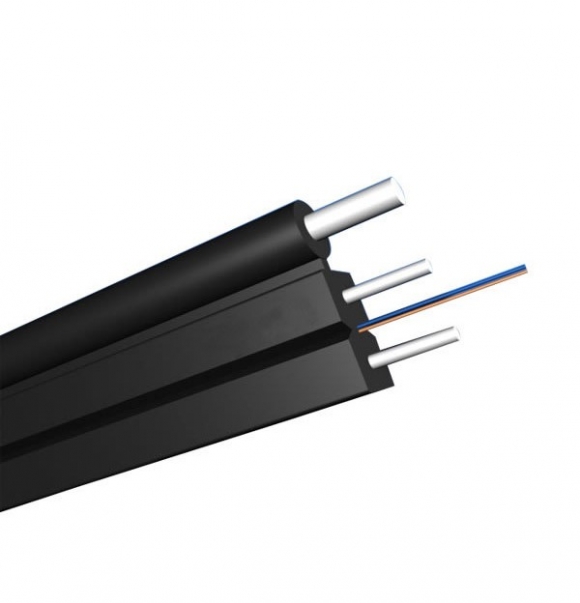
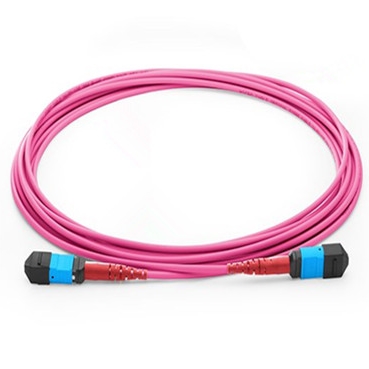

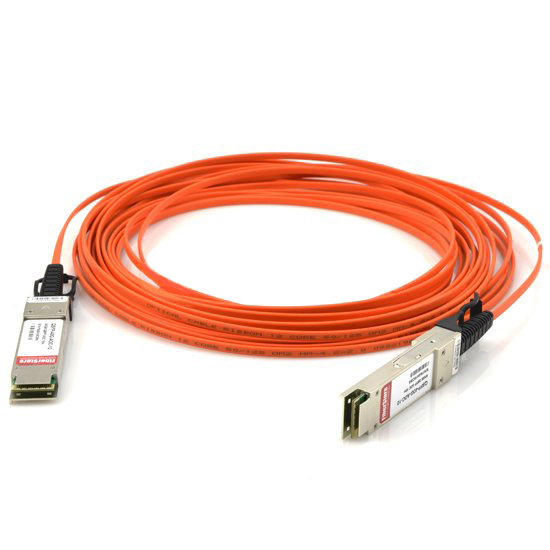


 (0)
(0) (0)
(0) (0)
(0) (0)
(0) (0)
(0)